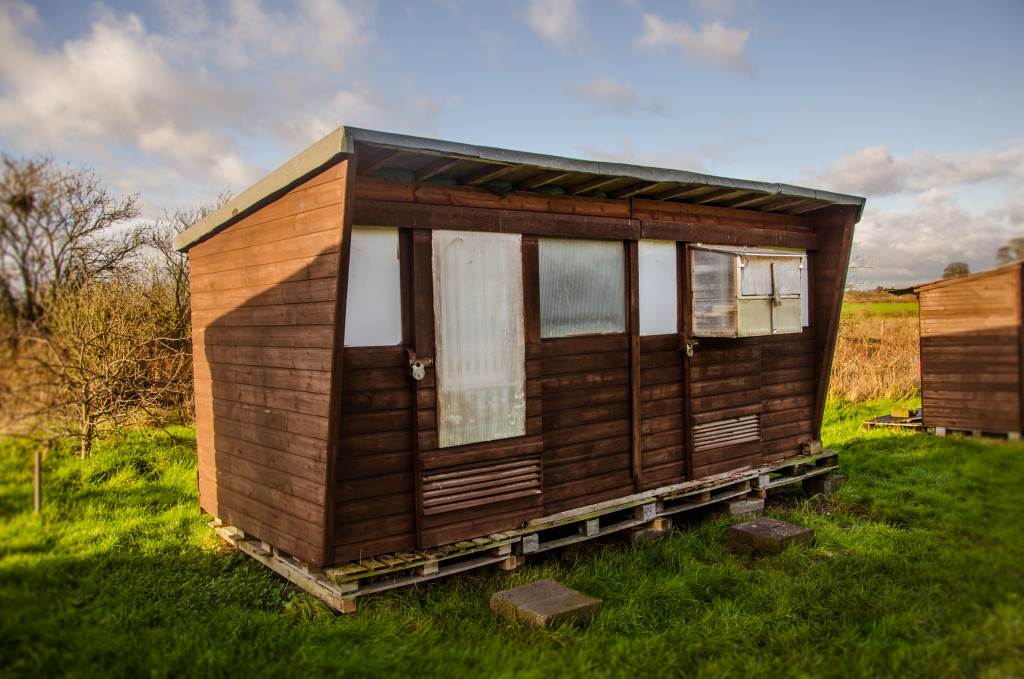Although there is no existing census for tiny homes, its market is expected to boom in the coming years. The onset of COVID-19 pushed many urban dwellers to move to country homes and smaller towns with the intent of building their homes sooner than planned.
Compared with a traditional home that requires getting a mortgage loan and saving up for a down payment, buying or building a tiny home is a much better option, especially for most millennials. Plus, the environmentally-friendly nature of tiny homes makes them more enticing.
What Are Tiny Houses?
According to The Tiny Life, a typical tiny house is between 100 to 400 square feet, significantly much smaller than the average 2,300-square-foot median-size single-family home. Essentially there are two types of tiny houses.
Tiny houses on wheels or movable homes are typically hooked up to a trailer to allow mobility or the chance to travel anywhere.
The second type is tiny homes on a foundation. As opposed to movable tiny homes, these structures are set on permanent ground. They are either the main property on the lot or an accessory to a dwelling unit.
The owner themselves builds some tiny homes; others choose to have them done professionally. Various materials can be used — even storage containers can be built into a tiny house. Nonetheless, the design is crucial in tiny homes to create an illusion of space.
Hyper-efficient designs are used. This means open floor plans, high ceilings, larger windows, multi-functional furniture, and micro-appliances are preferred. Ultimately, a tiny home’s goal is to allow a simpler lifestyle in a smaller yet efficient space.
The cost of tiny homes is between $30,000 to $100,000. However, it can be much cheaper or more expensive depending on its features, size, and amenities. As compared to a detached single-family home, which is the most common type of dwelling in the country, tiny homes are less expensive.
There are other costs you need to consider. For one, you need to purchase land or lease a lot if you plan on building a permanent fixture. It follows that you have to pay property taxes as well.
Though movable tiny homes do not entail property tax payments, you have to pay real estate taxes, depending on where you park it.

How the Tiny House Movement Become So Popular
Many of us think that this tiny house movement is a new trend. But according to research, the interest in buying and living in tiny homes started in the 80s, and by the 90s, it gained attention from the public. However, it was during the housing crisis of 2009 that really pushed the idea of downsizing homes.
Even with the all-time low mortgage rates thanks to COVID-19, many Americans still cannot afford to buy homes. Not to mention the limited housing inventory causing housing prices to skyrocket. So, even with low mortgage rates, you still have to pay more to buy a traditional home.
Thus, this leaves Americans with two viable options: either continue renting or build or buy a tiny home.
Since we are talking about turning a profit from a tiny house, here are some ways you can use it as an investment.
How You Can Invest in Tiny Homes
1. Rent It Out
One way for your tiny house to generate income is by turning it into a rental property. Considering where your rental property is located and market demand, it can give you a good investment return.
You need to be realistic about the type of tenant you choose. Tiny living is only good for a single person and not for a family with a baby.
2. Turn It into a Vacation Rental
Renting your tiny home as a vacation rental is a much better option than turning it into a traditional rental property. Most younger travelers prefer non-traditional accommodations when on vacation. Apart from RVs and lodges, tiny homes provide a unique experience in their travel.
3. Tiny House Flipping
House flipping is not just for traditional homes. Due to this rising trend, tiny homes offer new investment opportunities for house flippers.
There are two viable options for flipping tiny homes. A real estate investor could purchase a tiny house, renovate it, and sell it for a higher cost. Two, an investor could buy a trailer park and renovate the units into tiny homes.
Tiny homes are nothing new. With the growing popularity of minimalism and deeper concern for the environment and sustainability, the tiny house movement is one of the strong and rising segments in the real estate market.




